Future-oriented and conscious packaging solutions require a targeted selection of materials. Resource-saving and environmentally friendly production, as well as recyclable disposal, are key features for designing the packaging materials of "tomorrow." At Better-Pack, we primarily offer packaging solutions made from more gentle and conscious materials to support the path to a more environmentally friendly and sustainable future. Learn more about particularly environmentally friendly materials:
Bagasse
"Bagasse" refers to the fibrous, usually ground, residue left over from sugar production after pressing sugarcane or extracting syrup from sweet sorghum. This byproduct, "bagasse," has a wide range of uses and is also used as a primary raw material in a variety of packaging solutions.
However, bagasse offers numerous advantages as a packaging material. In addition to being compostable and biodegradable, bagasse packaging products exhibit particularly stable and heat-resistant properties. With sustainable and resource-saving bagasse packaging, businesses, especially in the take-out business, can raise awareness of environmentally conscious packaging among their customers and thus stand out from the competition.

bamboo
Bamboo is known as a very fast-growing plant that thrives without artificial irrigation or the use of pesticides. In addition to decorative privacy screens in gardens or as sprouts in restaurants, this plant is also used as a raw material for everyday goods such as furniture, bicycles, and even toothbrushes.
Bamboo is also used in food packaging. Because the raw material has very stable and moisture-resistant properties, bamboo packaging products are an ideal sustainable alternative to conventional plastic packaging. Furthermore, the material is biodegradable after use.

Wood, cardboard, paper
Wood is a popular raw material for a variety of sustainable packaging solutions. In addition to its direct use, wood can be processed into fibers that serve as the basis for paper or cardboard products. Regardless of the further processing, wooden packaging has a more environmentally friendly and neutral carbon footprint than conventional packaging materials. PEFC™ or FSC®-labeled products also certify responsible and conscious handling by forestry operations and processing companies.
In addition to its manufacturing process, the material also scores points in terms of disposal. While wood is naturally biodegradable, paper and cardboard are highly recyclable. Virgin fiber cardboard is currently used in paper plates, burger boxes, ice cream cups, and more. Cardboard and laminated paper made from virgin fiber are biodegradable and compostable, respectively, and therefore offer key environmentally friendly and sustainable advantages.

rPET
By using recycled materials, non-renewable resources can be used more carefully and thus more consciously. Certain types of plastics are highly recyclable and can therefore be reused almost entirely. Maintaining the material cycle thus represents a significant environmental advantage over conventional plastic production.
PET (polyethylene terephthalate) is currently the only plastic in the European Union that can be recycled into food-grade plastic. Compared to virgin PET , recycled PET (rPET for short) has a much smaller carbon footprint, making it a more environmentally friendly alternative to conventional plastic packaging. rPET has specific applications, particularly for food packaging, as it offers the positive properties of conventional PET. A distinction is usually made between products made from a blend of virgin and recycled PET and products made from 100% recycled material.

PLA
An alternative to conventional plastics is PLA (polylactic acid), which is made from renewable raw materials. Polylactic acid is extracted primarily from beets and corn during production. This is then further processed into granules and thus into plastic products. The result is a 100% industrially compostable bioplastic with a heat resistance of up to 85°C.
The use of PLA products conserves non-renewable resources, produces less CO₂, and ensures more environmentally friendly disposal. Packaging products made of PLA and with PLA coating are a good alternative to petroleum-based plastics and offer ideal properties for packaging thanks to their strength and heat resistance.

cellulose
Cellulose paper (also called tissue paper) is commonly used for paper handkerchiefs, napkins, and toilet paper. Due to its particularly tear-resistant and absorbent properties, hygiene products made from cellulosic paper are particularly popular.
A tissue napkin, for example, is a highly absorbent, multi-layered, robust, and sometimes finely creped cellulose cloth that can be used in a variety of ways. The basis for such napkins is pulp , which consists of cellulose, the main component of plant cell walls. In the production of these napkins, recycled fibers are often added alongside fresh fibers, or even 100 percent recycled fibers are used.



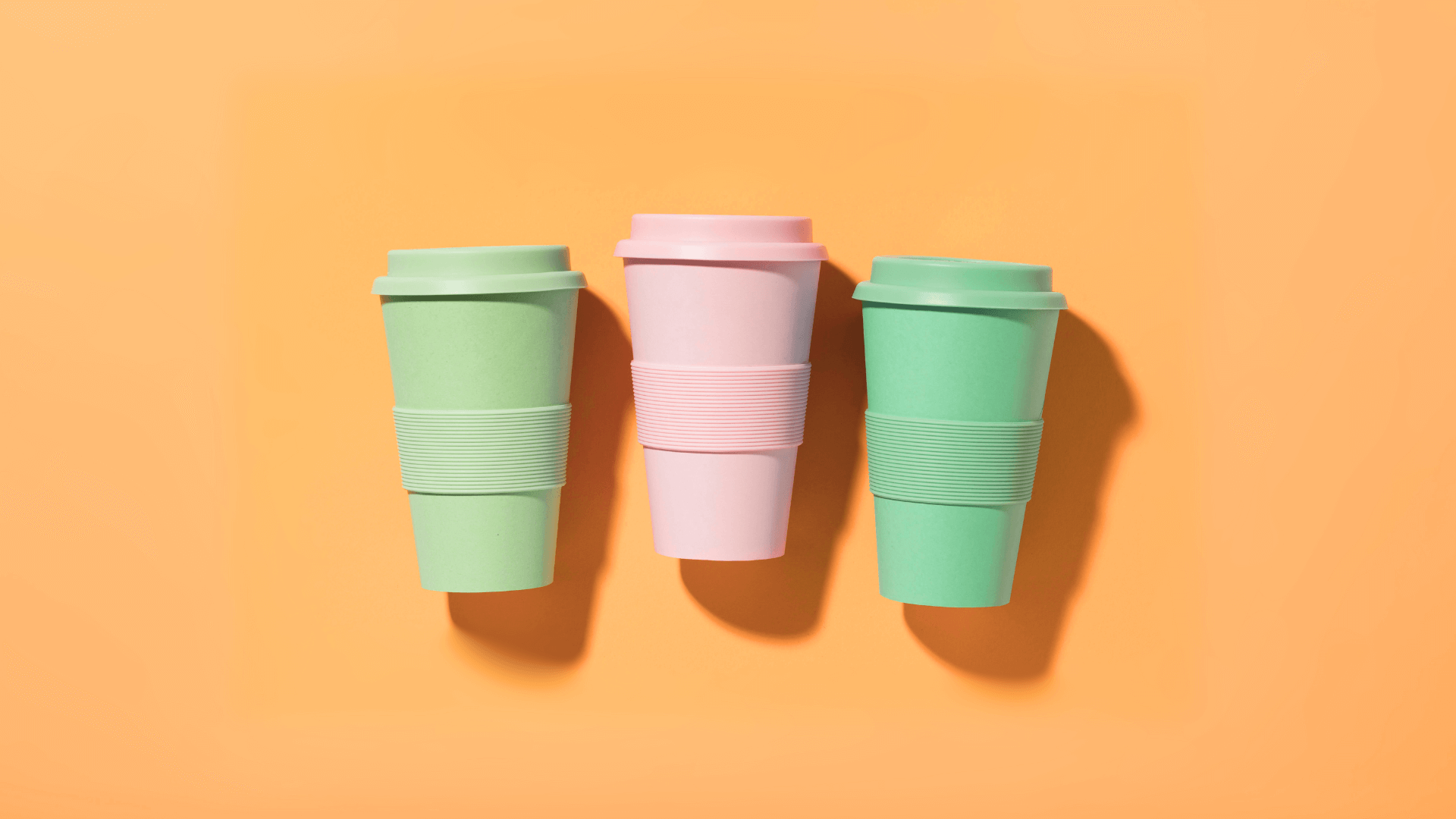
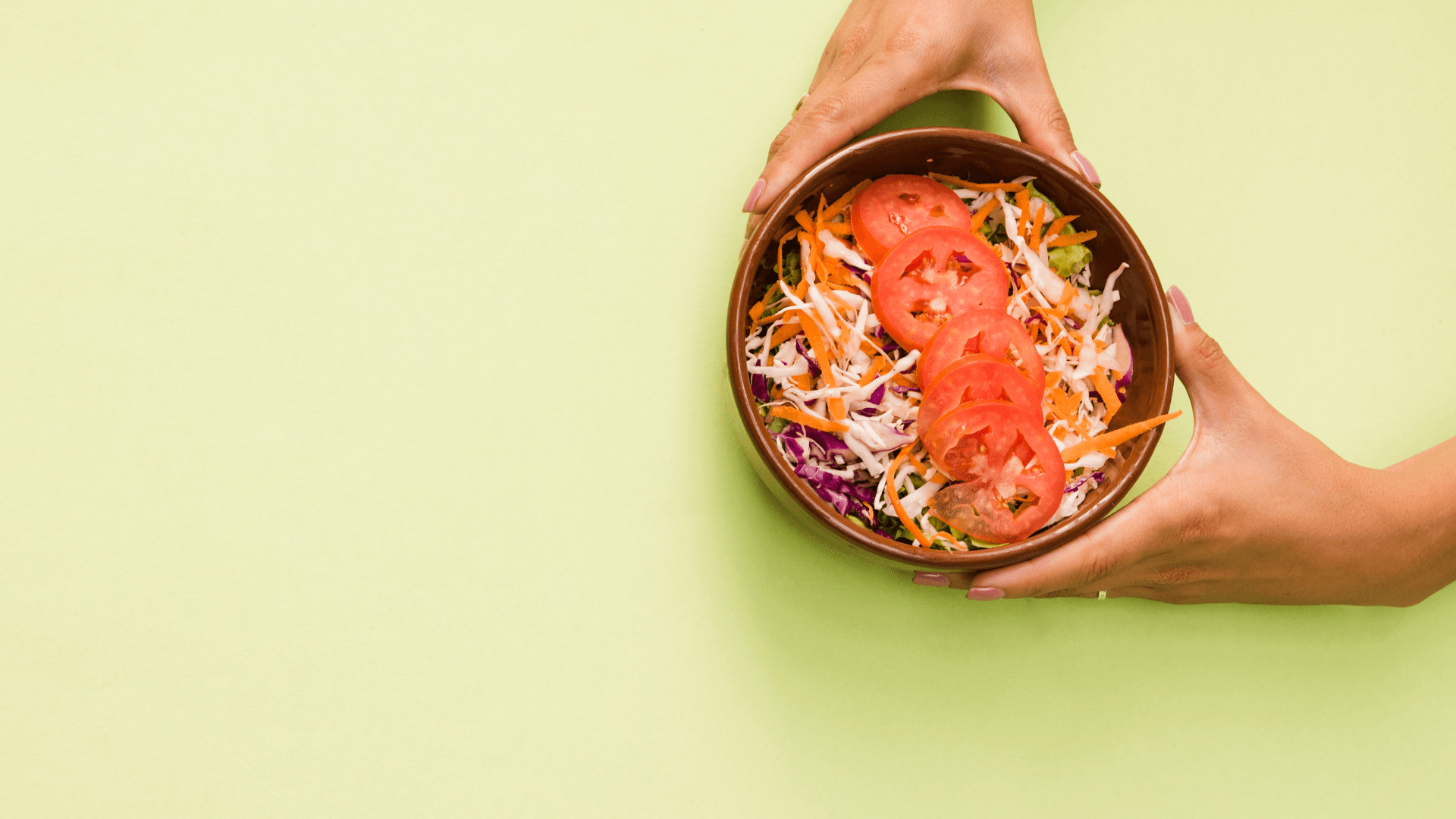
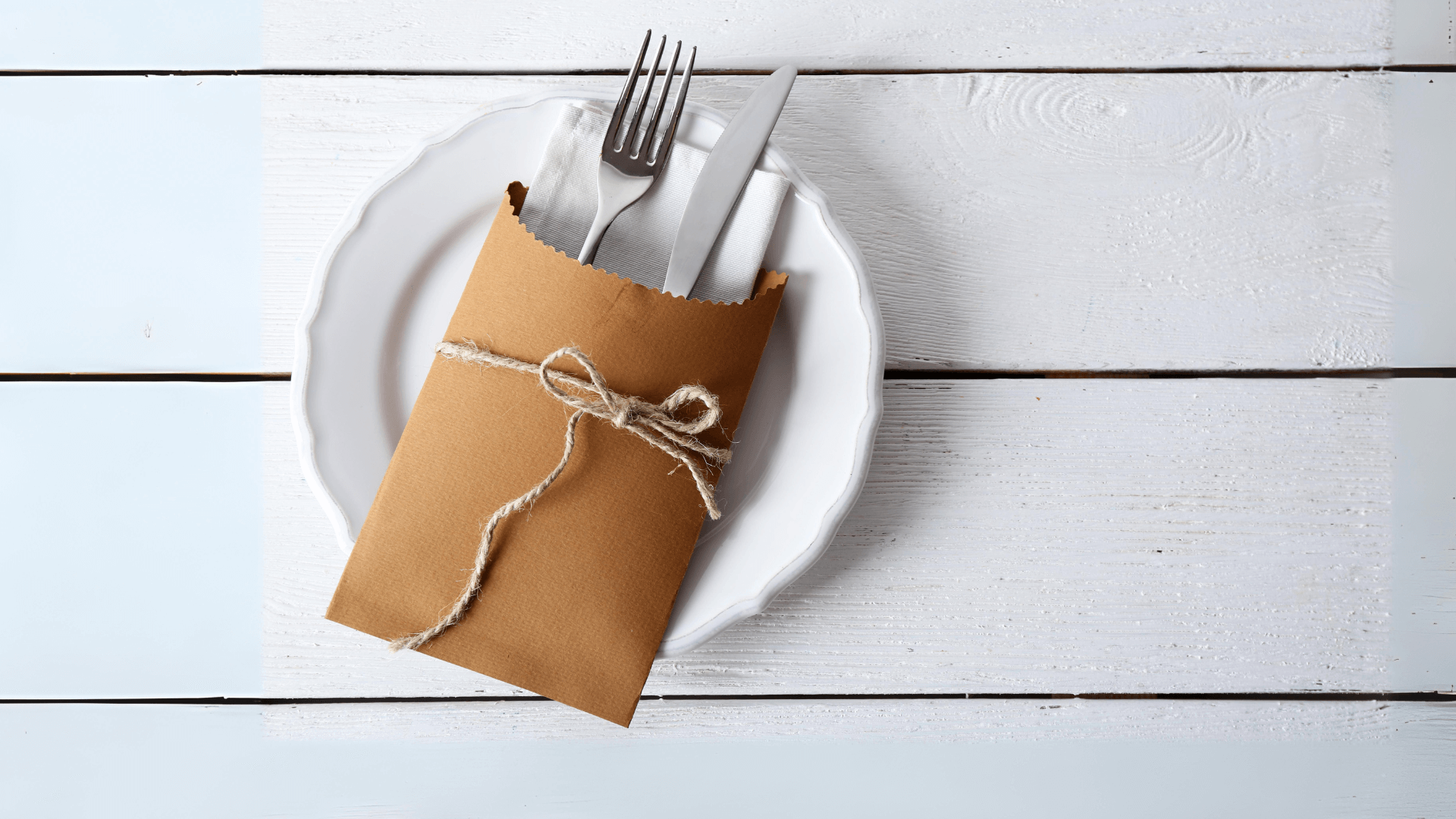
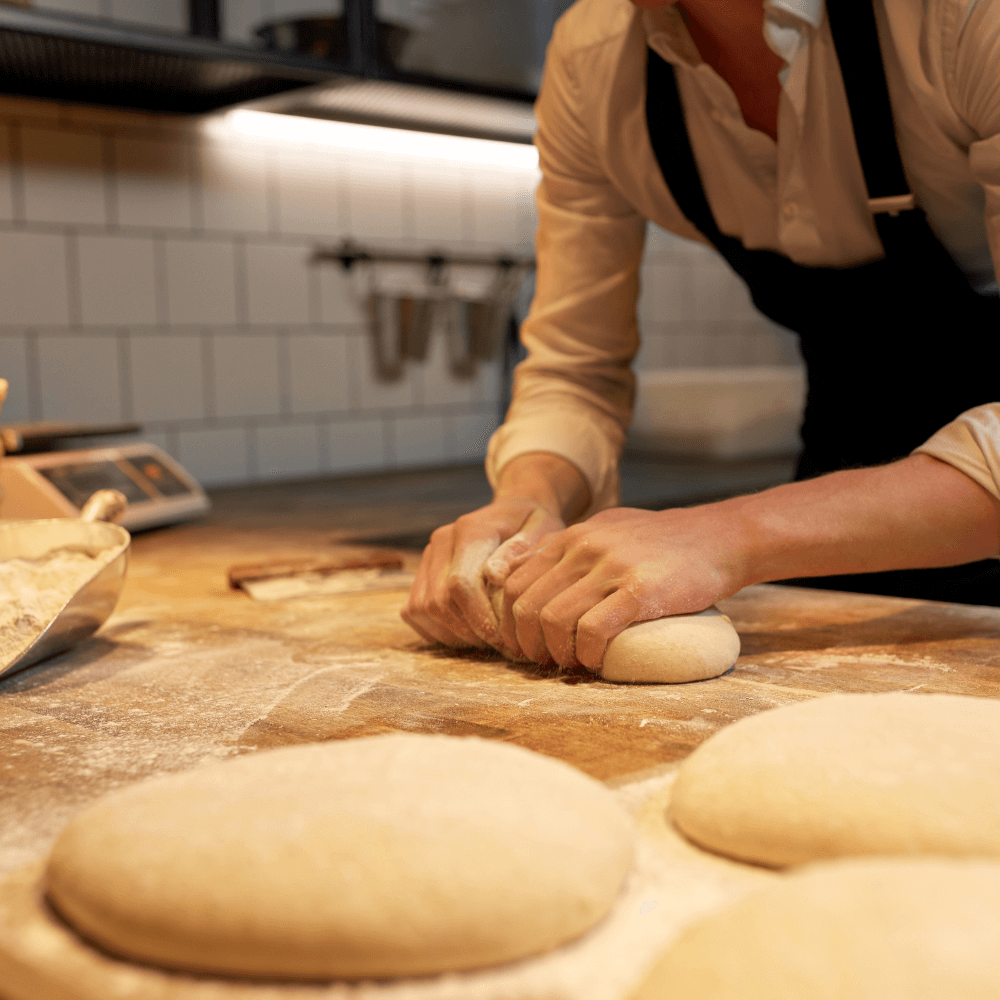
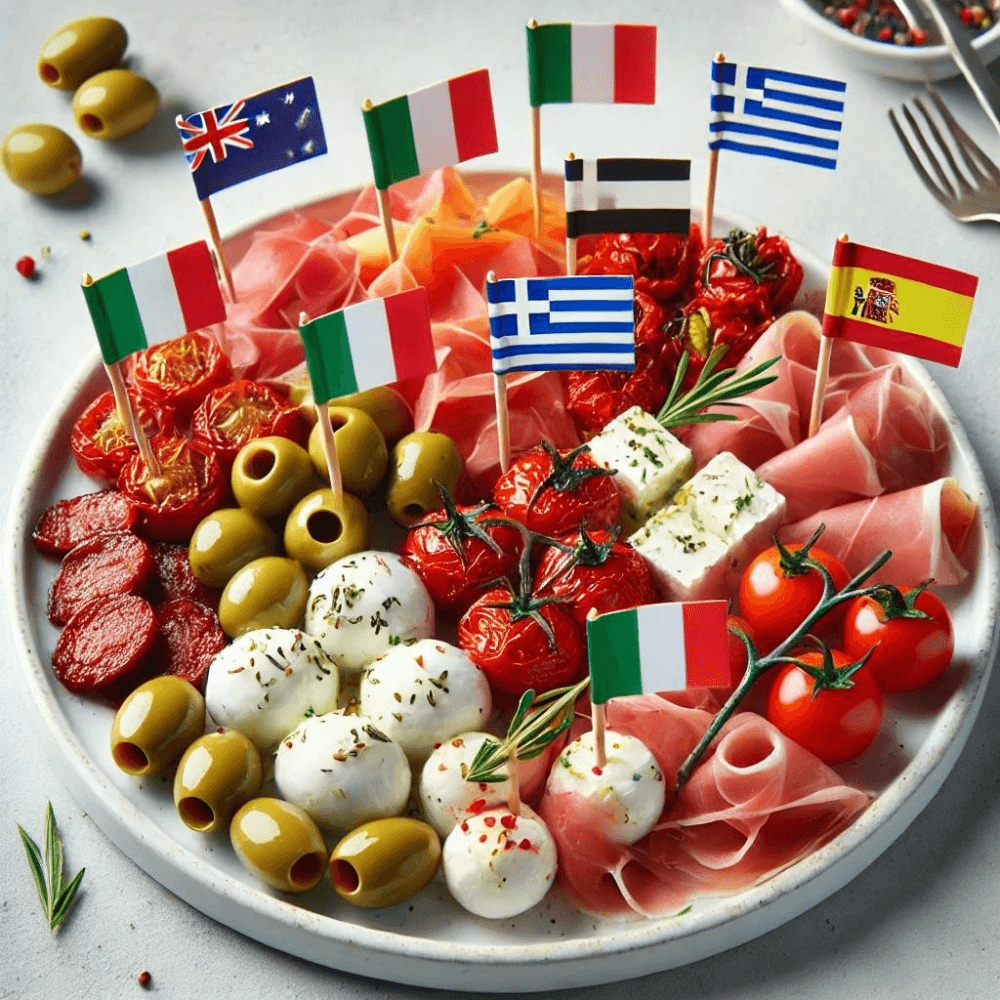
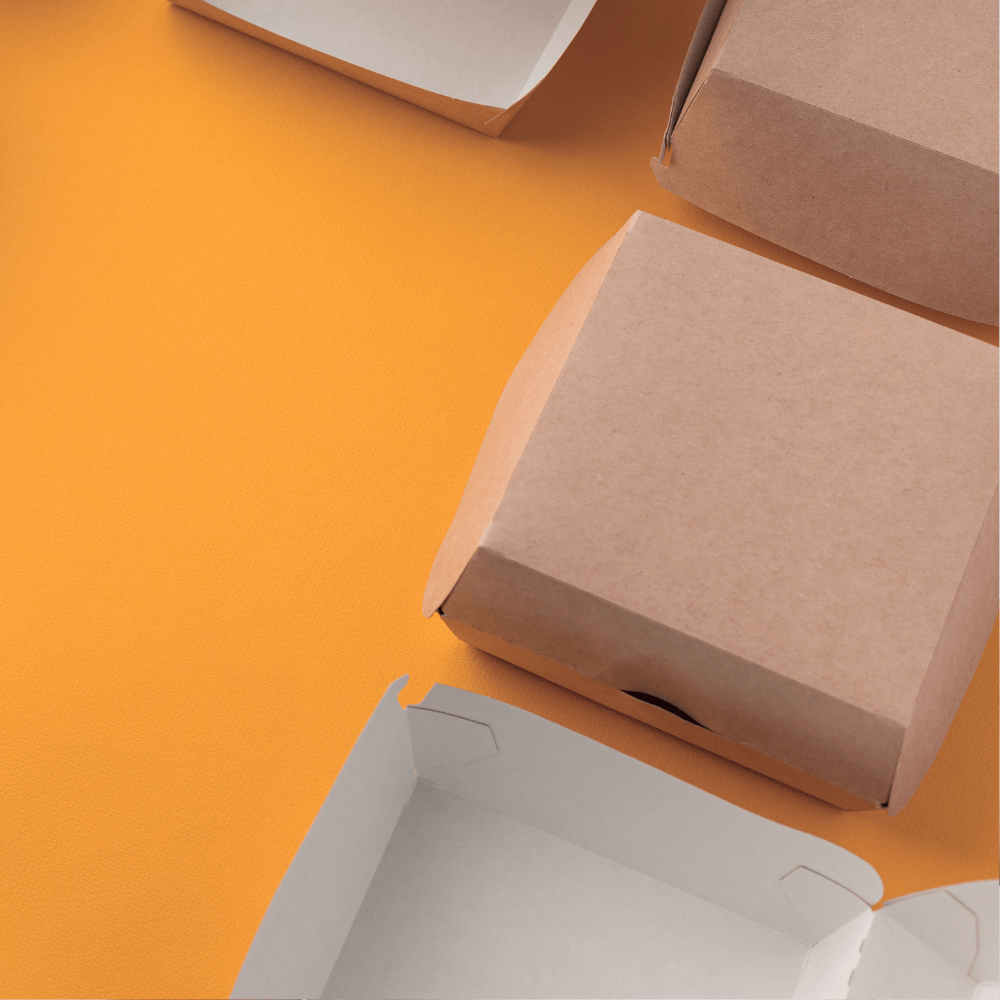

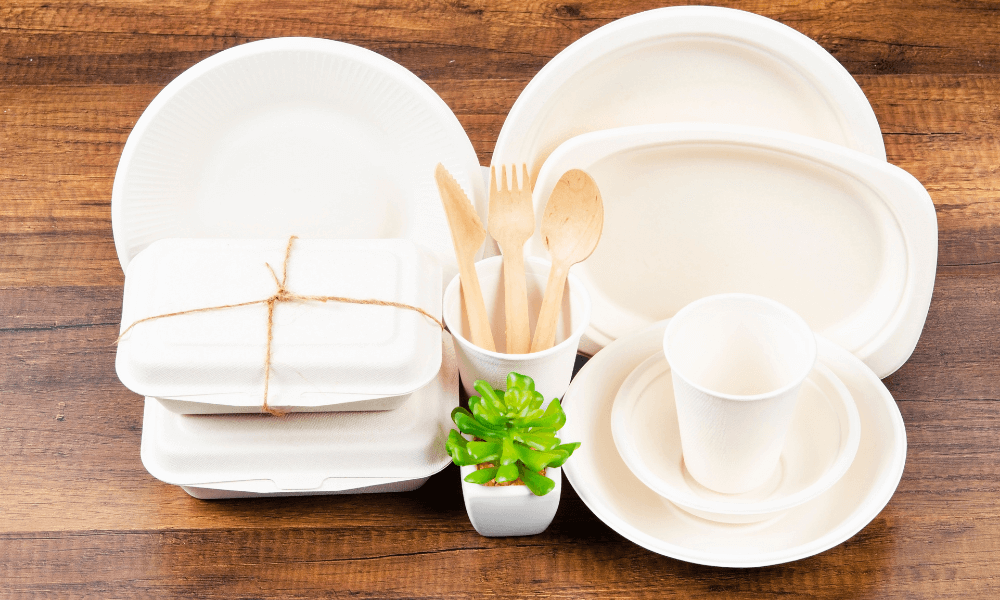

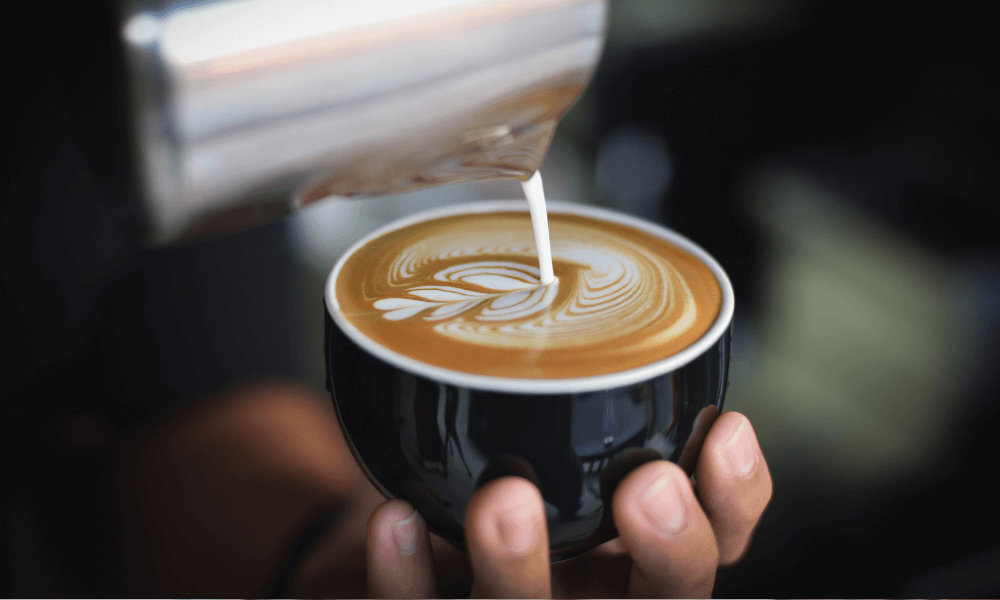
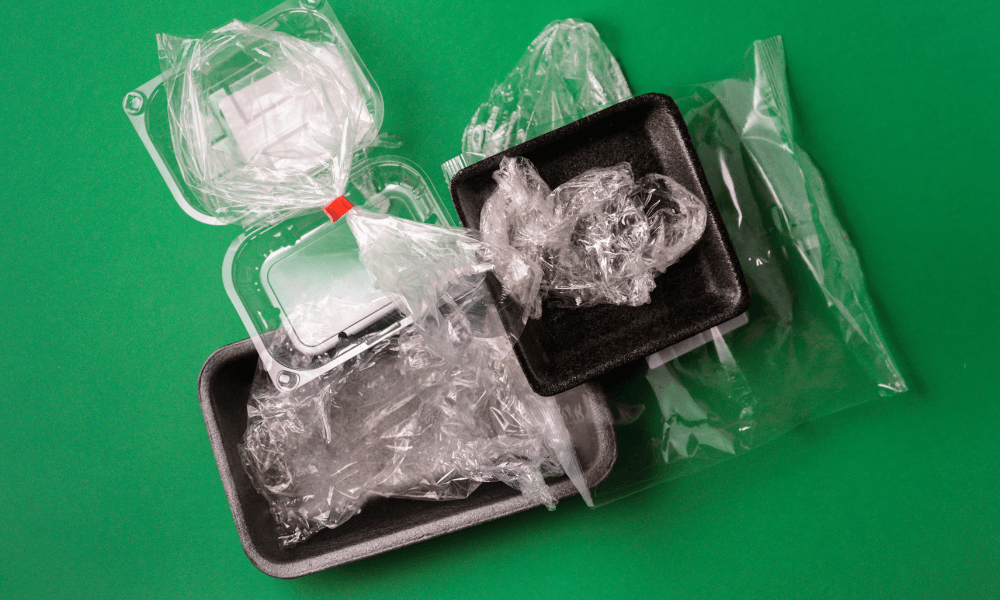
Leave a comment
This site is protected by hCaptcha and the hCaptcha Privacy Policy and Terms of Service apply.